- Clone
- Y1/82A (See other available formats)
- Regulatory Status
- RUO
- Workshop
- VI MR23
- Other Names
- Macrosialin
- Isotype
- Mouse IgG2b, κ
- Ave. Rating
- Submit a Review
- Product Citations
- 7 publications
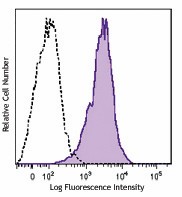
| Cat # | Size | Price | Quantity Check Availability | Save | ||
|---|---|---|---|---|---|---|
| 333815 | 25 tests | 118€ | ||||
| 333816 | 100 tests | 296€ | ||||
CD68 is a 110 kD glycoprotein, also known as macrosialin, belonging to the sialomucin family. It is closely related to the family of acidic, highly glycosylated lysosomal-associated membrane proteins (LAMPs). CD68 is predominately expressed in cytoplasmic granules of monocytes/macrophages, dendritic cells, and granulocytes. It is one of the useful myeloid cell markers. Further studies have shown that CD68 is also expressed by a subset of hematopoietic progenitors, γ/δ T cells, NK cells, LAK cells, subset of B cells, fibroblasts, and endothelial cells. The biological function of CD68 is still unknown.
Product DetailsProduct Details
- Verified Reactivity
- Human
- Antibody Type
- Monoclonal
- Host Species
- Mouse
- Formulation
- Phosphate-buffered solution, pH 7.2, containing 0.09% sodium azide and BSA (origin USA)
- Preparation
- The antibody was purified by affinity chromatography and conjugated with PE/Cyanine7 under optimal conditions.
- Concentration
- Lot-specific (to obtain lot-specific concentration and expiration, please enter the lot number in our Certificate of Analysis online tool.)
- Storage & Handling
- The antibody solution should be stored undiluted between 2°C and 8°C, and protected from prolonged exposure to light. Do not freeze.
- Application
-
ICFC - Quality tested
- Recommended Usage
-
Each lot of this antibody is quality control tested by intracellular immunofluorescent staining with flow cytometric analysis. For flow cytometric staining, the suggested use of this reagent is 5 µl per million cells in 100 µl staining volume or 5 µl per 100 µl of whole blood.
- Excitation Laser
-
Blue Laser (488 nm)
Green Laser (532 nm)/Yellow-Green Laser (561 nm)
- Application Notes
-
Additional reported application: immunohistochemical staining of frozen tissue sections. This clone was tested in-house and does not work on formalin fixed paraffin-embedded (FFPE) tissue.
-
Application References
(PubMed link indicates BioLegend citation) -
- Doussis IA, et al. 1993. J. Clin. Pathol. 46:334.
- Davey FR, et al. 1988. J. Clin. Pathol. 41:753.
- Bushway ME, et al. 2014. Biol Reprod. 90(5): 110. (IF) PubMed
- Product Citations
-
- RRID
-
AB_2562935 (BioLegend Cat. No. 333815)
AB_2562936 (BioLegend Cat. No. 333816)
Antigen Details
- Structure
- Sialomucin family, 110 kD
- Distribution
-
Monocytes/macrophages, dendritic cells, granulocytes, subset of hematopoietic progenitors, γ/δ T cells, NK cells, LAK cells, subset of B cells, fibroblasts, endothelial cells
- Cell Type
- B cells, Dendritic cells, Endothelial cells, Fibroblasts, Granulocytes, Hematopoietic stem and progenitors, Macrophages, Monocytes, T cells
- Biology Area
- Cell Biology, Immunology, Neuroscience, Neuroscience Cell Markers
- Molecular Family
- CD Molecules
- Antigen References
-
1. Holness CL and Simmons DL. 1993. Blood 81:1607.
2. Gottfried E, et al. 2008. Scand. J. Immunol. 67:453.
3. Hameed A, et al. 1994. Hum. Pathol. 25:872. - Gene ID
- 968 View all products for this Gene ID
- UniProt
- View information about CD68 on UniProt.org
Related FAQs
Other Formats
View All CD68 Reagents Request Custom Conjugation| Description | Clone | Applications |
|---|---|---|
| PerCP/Cyanine5.5 anti-human CD68 | Y1/82A | ICFC |
| Purified anti-human CD68 | Y1/82A | ICFC,ICC,IHC |
| Biotin anti-human CD68 | Y1/82A | ICFC |
| FITC anti-human CD68 | Y1/82A | ICFC |
| PE anti-human CD68 | Y1/82A | ICFC |
| APC anti-human CD68 | Y1/82A | ICFC |
| Alexa Fluor® 488 anti-human CD68 | Y1/82A | ICFC |
| PE/Cyanine7 anti-human CD68 | Y1/82A | ICFC |
| Alexa Fluor® 647 anti-human CD68 | Y1/82A | ICFC |
| APC/Cyanine7 anti-human CD68 | Y1/82A | ICFC |
| APC/Fire™ 750 anti-human CD68 | Y1/82A | ICFC |
| Brilliant Violet 785™ anti-human CD68 | Y1/82A | ICFC |
| Brilliant Violet 421™ anti-human CD68 | Y1/82A | ICFC |
| TotalSeq™-B0234 anti-human CD68 | Y1/82A | ICPG |
| Brilliant Violet 711™ anti-human CD68 | Y1/82A | ICFC |
| TotalSeq™-C0234 anti-human CD68 Antibody | Y1/82A | ICPG |
Customers Also Purchased
Compare Data Across All Formats
This data display is provided for general comparisons between formats.
Your actual data may vary due to variations in samples, target cells, instruments and their settings, staining conditions, and other factors.
If you need assistance with selecting the best format contact our expert technical support team.
-
PerCP/Cyanine5.5 anti-human CD68
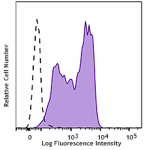
Human peripheral blood mononuclear cells were fixed, permeab... -
Purified anti-human CD68

MDA-MB-231 breast cancer cells were stained with anti-human ... 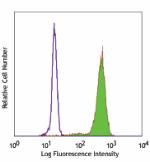
Human peripheral blood monocytes intracellularly stained wit... -
Biotin anti-human CD68
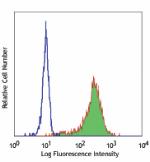
Human peripheral blood monocytes intracellularly stained wit... -
FITC anti-human CD68
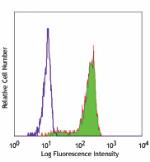
Human peripheral blood monocytes intracellularly stained wit... -
PE anti-human CD68
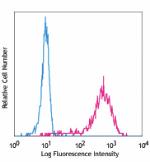
Human peripheral blood monocytes intracellularly stained wit... -
APC anti-human CD68
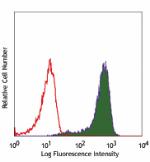
Human peripheral blood monocytes intracellularly stained wit... -
Alexa Fluor® 488 anti-human CD68
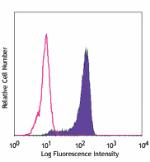
Human peripheral blood monocytes intracellularly stained wit... -
PE/Cyanine7 anti-human CD68
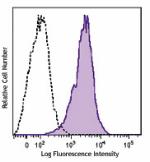
Human peripheral blood mononuclear cells were fixed and perm... -
Alexa Fluor® 647 anti-human CD68
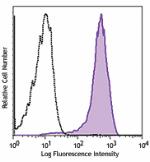
Human peripheral blood mononuclear cells were fixed and perm... -
APC/Cyanine7 anti-human CD68
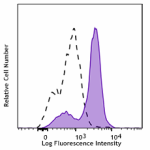
Human peripheral blood mononuclear cells were fixed, permeab... -
APC/Fire™ 750 anti-human CD68
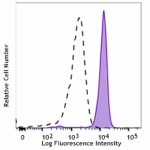
Human peripheral blood mononuclear cells were fixed and perm... -
Brilliant Violet 785™ anti-human CD68
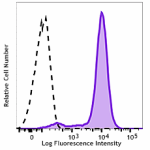
Human peripheral blood monocytes were fixed, permeabilized, ... -
Brilliant Violet 421™ anti-human CD68
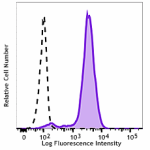
Human peripheral blood monocytes were fixed, permeabilized, ... -
TotalSeq™-B0234 anti-human CD68
-
Brilliant Violet 711™ anti-human CD68

Human peripheral blood mononuclear cells were fixed, permeab... -
TotalSeq™-C0234 anti-human CD68 Antibody

 Login / Register
Login / Register 











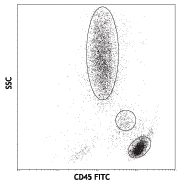
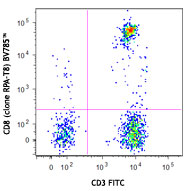
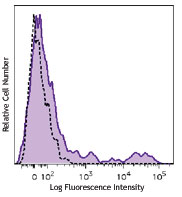
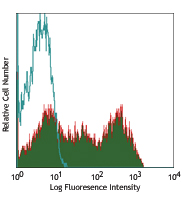







Follow Us